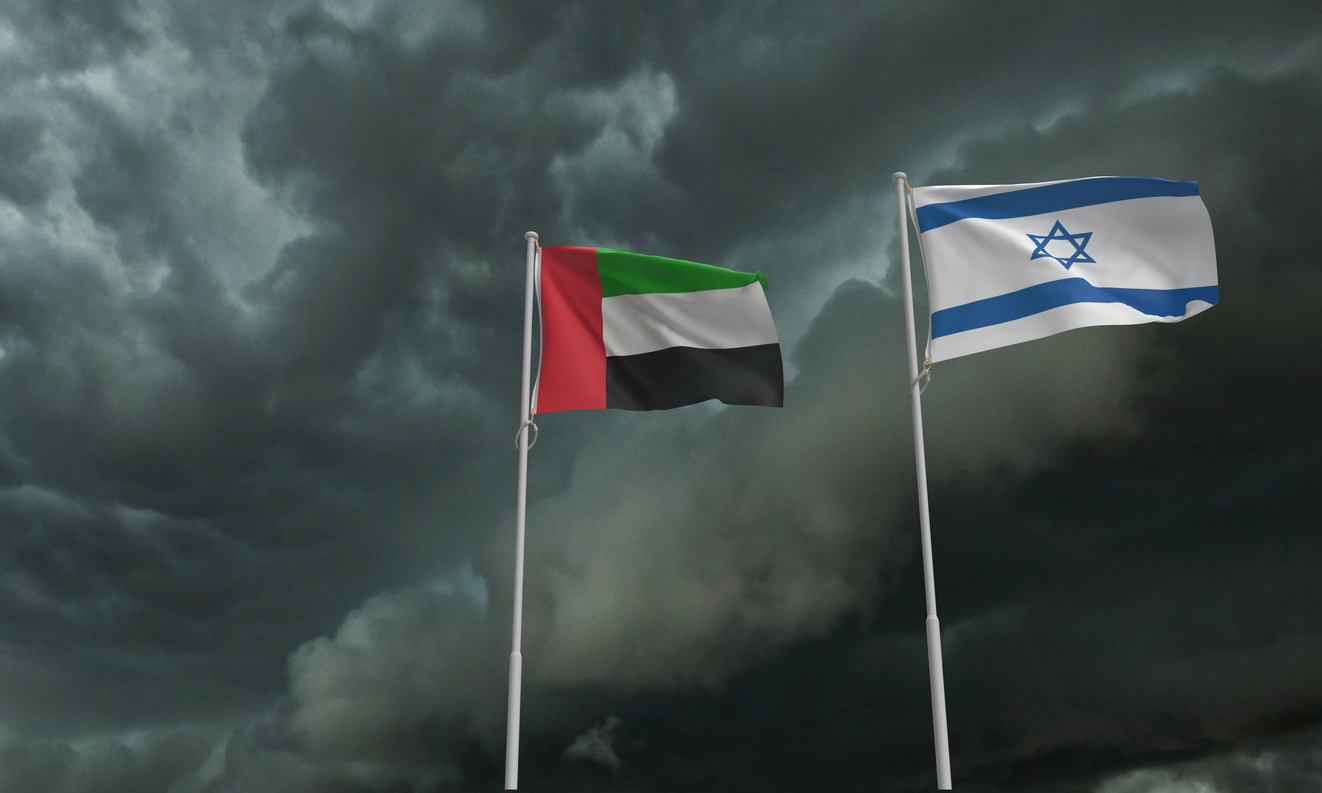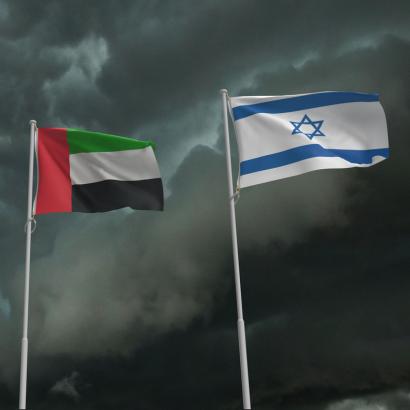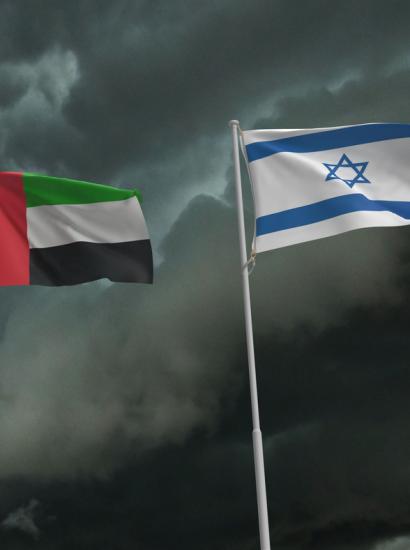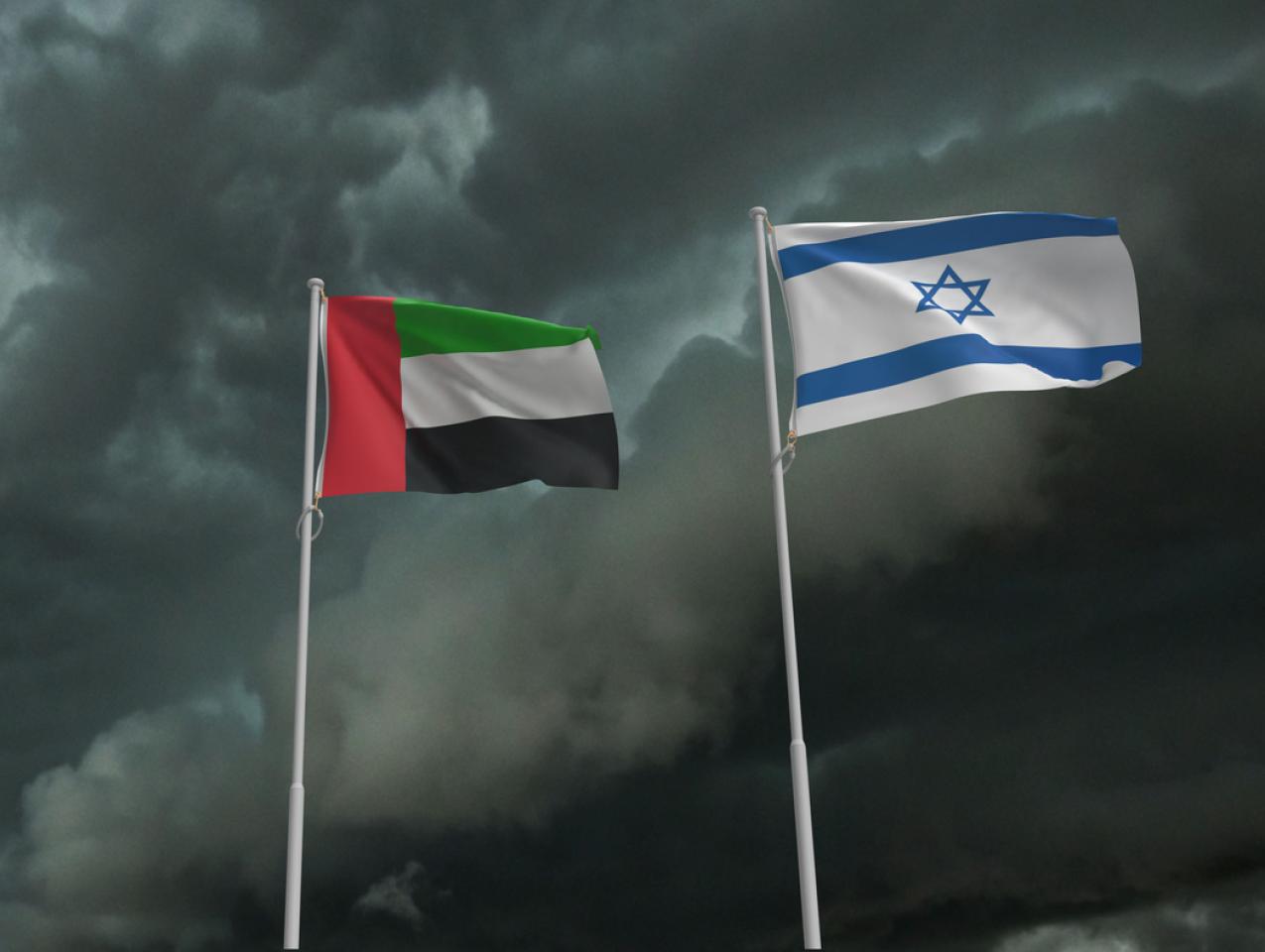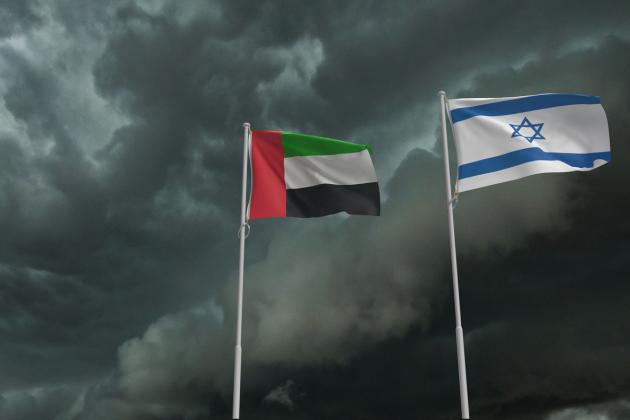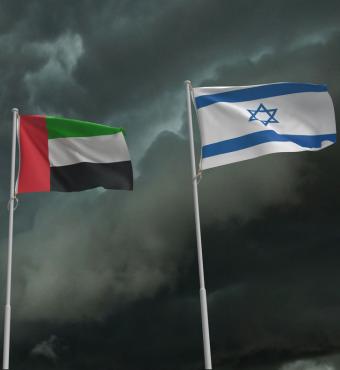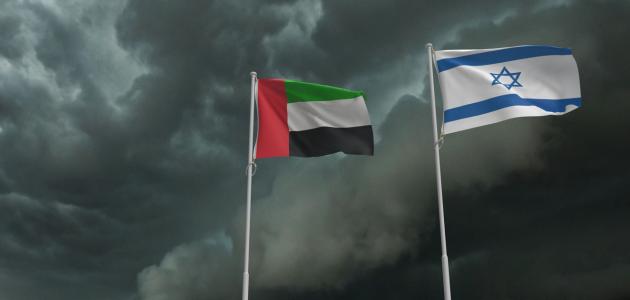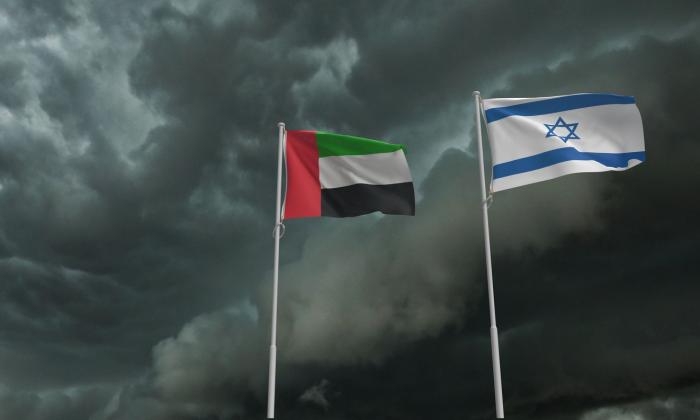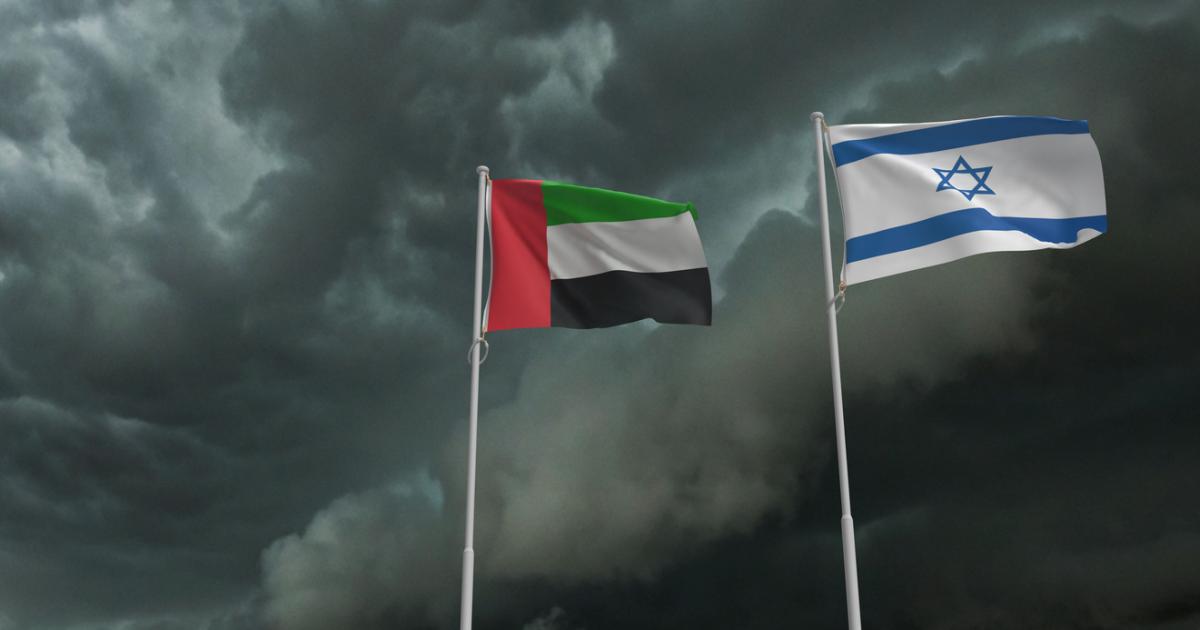- Middle East
- International Affairs
The second Trump administration, barely half a year old, has already initiated significant shifts in Middle East policy, diverging in notable ways from its Democratic predecessors. As a result, the dynamic of the Middle East has changed profoundly. To be sure, the transformation of the region has not reached a conclusion, and conflict and instability continue, especially in Gaza. We may still face surprises—the coalition in Jerusalem may collapse or a single missile might hit a sensitive target with political repercussions—so predictions are risky. Nonetheless a new chapter is opening because of a set of key policy reorientations in Washington.
The Obama and Biden administrations adhered to some fundamental precepts: first, the pursuit of an accommodation with the Islamic Republic of Iran that would, through the JCPOA, have eventually granted Tehran a path to a nuclear weapon due to premature sunset clauses; second, an inflexible reliance on the legacy of the Oslo Accords and the insistence on establishing a Palestinian state within the borders of June 1967; and third, a moralism of democracy promotion, more often directed at allies than at adversaries.
President Trump has changed course. In his second term, he has returned to the Iran agenda from his first term: Iran must not have nuclear weapons. He is prepared to pursue this goal through a strong sanctions regime and recently, for the first time, direct American attacks on Iran’s nuclear facilities. No one can guarantee that those attacks have blocked an Iranian nuclear path forever, but the project has surely been set back for some years, during which political shifts may occur.
In addition, diplomatic efforts toward establishing a Palestinian state, once a cornerstone of regional policy, have largely stalled.
The Trump era has been marked by a shift in international priorities away from state-building and toward pragmatic conflict management and economic normalization. The administration’s efforts have focused on retrieving the Israeli hostages and managing the conflict in Gaza. To the extent that there is an agenda for the region, it involves economic development and investment rather than building a dubious statelet. That is the idea at the heart of the Abraham Accords.
Finally—and in additional contrast to his predecessors—President Trump is not measuring the region’s leaders in terms of values or denouncing them as “pariahs,” the impolitic term President Biden used for Saudi Arabia that ultimately proved counterproductive and required diplomatic reversal.
Radical changes
The net effect of the Trump administration’s policy—along with the effectiveness of the Israel Defense Forces—has been to degrade Iran’s “axis of resistance” to such an extent that it has nearly ceased to be significant. For years, Iran’s threat has involved not only the potential of nuclear weaponization but also the strategy of building proxies throughout the region: Hezbollah in Lebanon, the Assad regime in Syria, Shia militias in Iraq, the Houthis in Yemen, and of course Hamas in Gaza. The funds that the Obama and Biden administrations made available to Tehran went directly to financing this terror network. The Trump administration has ended this arrangement. Iran is no longer able to support its formerly coddled clients in the style to which they had become accustomed.
Yet the mission has not been accomplished. The individual components of the Iranian axis of resistance have not disappeared. While they can no longer ward off Israeli attacks on the Iranian homeland, they are not yet fully disarmed. The degradation of the axis has entered a transitional phase that displays a distinct pattern: terrorist organizations, the classic nonstate actors, coexist in competition with state power and its claim on a monopoly of legitimate violence. Terrorist militias still pose credible threats to the individual sovereign states and therefore to the regional order.
In Lebanon, Hezbollah, once the powerful state within the state, has lost much of its military capacity. It can no longer act as Iran’s insurance policy against an Israeli attack. Its credibility among its local constituency, Lebanon’s Shia population, has also dissipated, as has its stranglehold on politics in Beirut. At the moment, the pending question is whether the legitimate Lebanese government will be able to force Hezbollah to give up its remaining arsenal.
In Syria, the Assad regime, long an Iranian ally, collapsed, replaced by a government dependent on forces with terrorist histories. It remains to be seen whether the leadership’s protestations of plans for good governance are genuine or only camouflage for hidden Islamist goals. Ahmed al-Sharaa, the de facto leader, does not exercise full control over the country; like his predecessor, Bashir al-Assad, he faces the persistent fragmentation of authority among militias and regional power centers. Yet ultimately Sharaa himself bears responsibility for the terror that has transpired on his watch, including the massacres of Alawites along the coast and Druze in the south, as well as a major church bombing.
Jordan has been an island of relative stability in the Middle East with a strong orientation toward the United States. However, domestic social tensions render it vulnerable to extremism. In April, the Jordanian secret service carried out a series of arrests, accusing individuals of preparing drones and bombs to spread “chaos and sabotage in the kingdom.” Subsequently, a blanket prohibition on the Muslim Brotherhood was issued, and allied organizations are under pressure. There is a pattern of Islamist organizations, like the Brotherhood, facing prohibition in the Middle East but few limitations abroad. One has to ask whether the Arab governments have a sharper eye for threats than do naive politicians in the West.
The relative relationship of the state to nonstate actors therefore varies across these cases. In Jordan, the state has a firm grip on its sovereignty and has taken steps to suppress extremism. In Lebanon, the state is benefiting from the considerable blows that Israel dealt to Hezbollah but still has to finish the job. In Syria, the jury is out as to whether the post-Assad regime will be able to provide the security—especially to Christian, Alawite and Druze minorities—that it promises, but there is mounting evidence to the contrary, most recently in heinous attacks on the Druze of Suweida.
Palestinian dead ends
The prospects for state stability in Palestine are even more bleak. For all the talk of a two-state solution and the process initiated three decades ago through the Oslo Accords, real steps toward Palestinian statehood have been meager in the West Bank and effectively absent in Gaza. There is a lack of a cadre of talented political leaders and reliable civil servants as well as credible institutions. “Credible” is the key word, since in the West Bank, the Palestinian Authority scores low in public opinion polls. It faces extensive doubts and accusations of corruption.
Meanwhile in Gaza, Hamas—formally in power since 2007, when it ousted the Palestinian Authority—has spent decades preparing for war, while outsourcing state functions to the United Nations and other international organizations. It undertook no investment in self-rule as long as it could rely on handouts from the international community in a pathological dependency relationship. During its long years of rule, Hamas has built tunnels but not institutions. No wonder a real program for a Palestinian state remains as elusive as ever.
One salient indication of the political failure of Hamas is the inability of its leadership to accept the reality of defeat. If it were genuinely concerned with the welfare of the Gazans, it would put an end to the agony by releasing the remaining Israeli hostages and accepting that its militants will be exiled abroad—perhaps to Qatar or another sympathetic state. Such an exile would mirror the departure of the Palestine Liberation Organization from Lebanon in 1982, exiled to Tunisia and elsewhere. The war could end immediately.
If, however, Hamas does not accept defeat through such negotiations, the war could drag on until the organization implodes. Of course, there may be an interim cease-fire, but Hamas will not be able to continue to claim to rule in Gaza. Instead, an alternative regime will be imposed one way or another: possibly by Israel, possibly through the United States—one should not discount President Trump’s vision—or possibly through an international force, especially from the Arab world. In any case, Hamas no longer has defenders abroad who will come to its aid in any significant way—not Hezbollah, not Iran, and not even the Houthis, who have dwindled into an annoyance rather than being able to act as a strategic force.
Baby steps toward self-rule
Yet one incontrovertible fact remains: the Palestinian population in the West Bank and in Gaza will not disappear. There will be no mass displacement, although some individuals may choose to leave the region (indeed, such emigration is typical for Lebanon and Syria: whoever can leave this region, especially young people with talent, leaves as quickly as possible).
For the bulk of the population that remains, there is a clear claim on a right to self-governance. Yet what form can self-governance take? Because there never has been a Palestinian state, there is no history of a genuine political class with useful experience. Attempts to construct a viable state in the absence of foundational institutions and political cohesion have led to persistent deadlock and disillusionment.
However, it is important to respond to such an impasse with reasonable solutions which, in this case, could mean forms of self-rule on municipal levels; these could build on still-significant tribal networks. Self-rule could in particular begin in the “Area A” regions of the Oslo Accords, the Palestinian cities, where most of the population resides. A combination of effective local governance under a transitional authority and economic investment, especially from the Gulf, will eventually be the way forward, but this will take time.
Sovereignty and legitimacy are scarce in the Middle East. In between Egypt and Turkey—and with the exception of Israel—this is not a region that has facilitated state-building, in part because of the virulence of nonstate actors. The realistic conclusion? There is no overnight solution to governance in Gaza.







